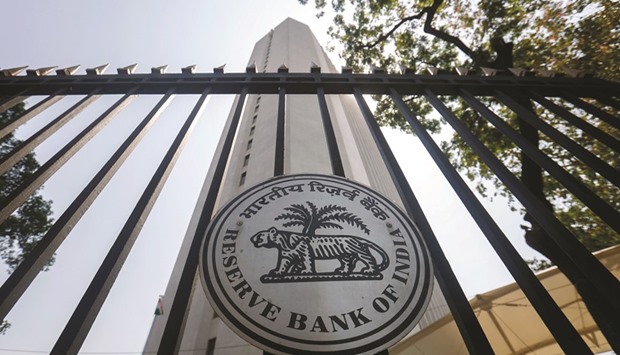The Reserve Bank of India’s (RBI) surprise move to raise the interest rate it uses to drain excess funds from lenders is being seen as a sign of things to come.
The commentary accompanying Thursday’s decision by a panel led by RBI Governor Urjit Patel indicates that policy makers are turning increasingly hawkish, according to fixed-income investors. Capital Economics is flagging the possibility of a hike in benchmark rates before the end of 2017, while Nomura Holdings says risks are skewed toward an increase in 2018.
Sovereign bond yields rose yesterday, following their biggest jump in two months on Thursday after the RBI lifted the reverse repo rate to 6% from 5.75%. With the benchmark repurchase rate left at 6.25%, the central bank effectively tightened policy by making overnight borrowings expensive. No economist in Bloomberg surveys had predicted the move to shrink the corridor.
“It’s a hawkish policy,” said Sandeep Bagla, Mumbai-based associate director at Trust Capital Services India. “Obviously, the RBI feels that rates are low in the current context of domestic inflation and global rate hikes.”
The RBI’s indication that it could use various cash tools, including open-market sales of bonds, to drain surplus cash is seen acting as a dampener for sovereign bonds. The 10-year yield climbed five basis points yesterday to 6.82%, after surging 12 basis points on Thursday.
Bagla said on Thursday he expects the yield to rise 25 basis points by June as the Indian government commences its borrowing programme for the financial year that began April 1 from Friday, amid a rising supply of state-government debt.
“The market now expects overnight money-market rates to move higher, albeit marginally,” said Nagaraj Kulkarni, a senior rates strategist at Standard Chartered in Singapore. The move to raise the reverse repo rate “is more to bring the overnight money-market rates closer to the repo rate,” he said.
Authorities have been seeking to rein in liquidity after the government’s November recall of high-denomination currency notes flooded the banking system with cash. The excess funds not only threaten to stoke inflation, but have also constrained the RBI’s ability to intervene at a time when the rupee is rallying.
The currency, which gained 4.7% last quarter in the biggest such advance since September 2012, climbed 0.5% on Thursday, reversing losses seen before the policy decision. It was up 0.2% yesterday at 64.4275 per dollar and touched the strongest level since August 11, 2015.
“It looks like the RBI has drawn a line in the sand when it comes to the post demonetization excess liquidity environment,” said Viraj Patel, a London-based foreign-exchange strategist at ING Group. “Maybe some equity inflows will taper off given the less accommodative RBI now. But equally, in this noisy global macro environment, investors are willing to give credit to a local growth story in emerging markets - the rupee falls into this ever-shrinking bucket.”
Benchmark sovereign bonds capped their best month since November last week, with the 10-year yield sliding 19 basis points in March, as foreign investors piled into rupee debt. The yield surged 46 basis points in February after authorities unexpectedly signalled an end to the monetary easing cycle. “Underlying inflation pressures persist, especially in prices of services,” the RBI said in its statement on Thursday, reiterating its neutral stance.
With inflation set to accelerate further, hikes to the repo rate will come onto the agenda much sooner than is generally anticipated, Shilan Shah, India economist at Capital Economics in Singapore, wrote in a report.
“While ostensibly maintaining its “neutral” stance, the RBI has shifted toward tighter policy today, primarily in an attempt to drain some surplus liquidity from the banking sector,” he wrote in Thursday’s note.

The Reserve Bank of India headquarters is seen in Mumbai. The RBI’s surprise move to raise the interest rate it uses to drain excess funds from lenders is being seen as a sign of things to come.


